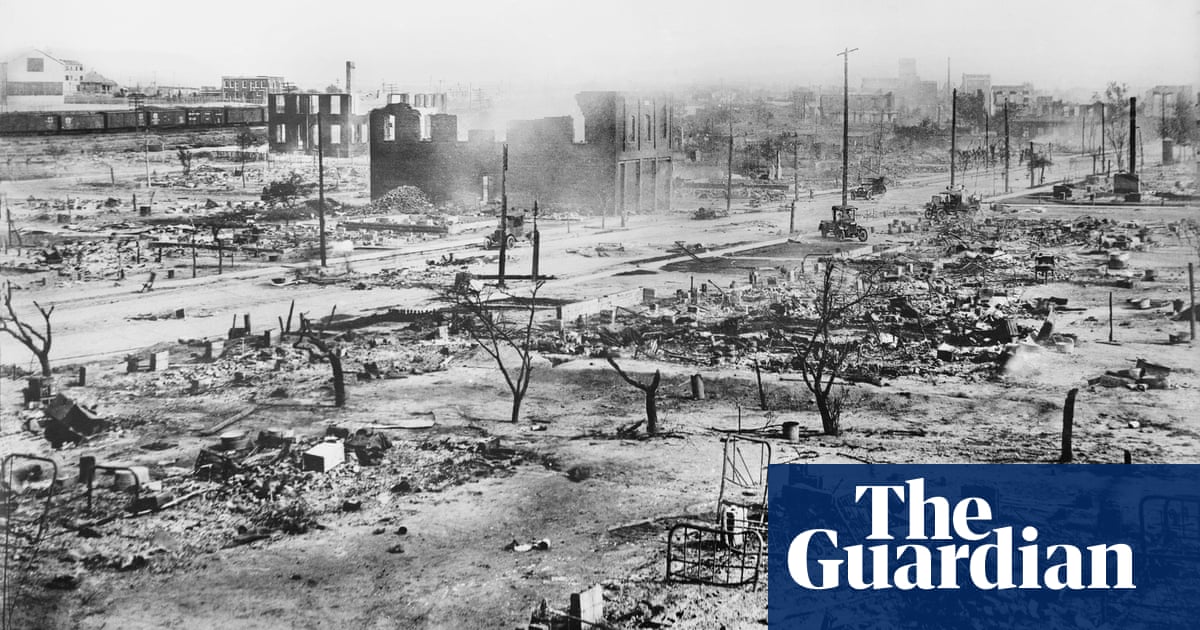Justice Department Releases Landmark Report on Tulsa Race Massacre
The DOJ's report reveals the systematic violence of the 1921 Tulsa Race Massacre and the challenges to achieving justice and reparations.
Overview
The DOJ's recently released report on the 1921 Tulsa Race Massacre confirms the event as a coordinated attack on the Black community of Greenwood, revealing systematic violence and the roles of local law enforcement. Despite detailing the massacre's brutality and its historical significance, the report highlights the absence of living perpetrators and the expiration of statutes of limitations, hindering legal recourse. Survivors Viola Fletcher and Lessie Benningfield Randle, now over 100 years old, continue to seek justice, but face legal obstacles. This report aims to document the events and lay groundwork for future discussions on reparations.
Report issue

Read both sides in 5 minutes each day
Analysis
Analysis unavailable for this viewpoint.
Articles (3)
Center (2)
History
- This story does not have any previous versions.

